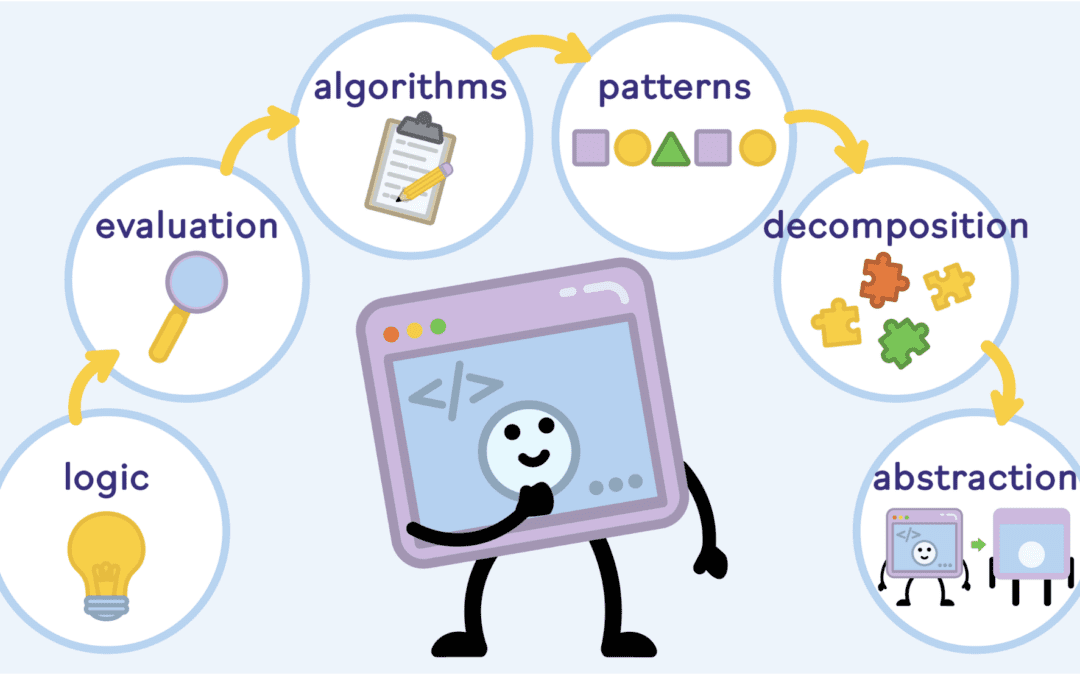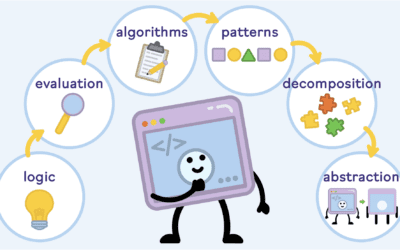It seems like there’s always something new that needs to fit into the school curriculum. With the push to spend more time on STEM — without seeing results drop in other key subjects — educators often feel like there aren’t enough hours in a day.
Curriculum Overload and Its Effects on Teachers
Curriculum overload, also known as curriculum overcrowding, is the idea that there’s too much content to teach in a limited amount of time. There are several different ways of looking at it:
- Curriculum expansion is when schools or districts add new curriculum content without removing enough old content. Usually, curriculum expansion happens when society demands that schools teach something they weren’t teaching before.
- Perceived overload is the sense that there’s too much content to teach or learn, as reported by teachers and students.
- Content overload is the actual level of curriculum overload based on time and material, not perception.
- Curriculum imbalance is when educators give too much attention to some parts of the curriculum without adjusting the low priority areas enough.
Time is a finite resource, both during the school day and during teacher training. Many teachers have been saying they’re overworked for decades now, and it’s only gotten worse since the pandemic and mass teacher shortages. No matter what kind of curriculum overload we’re looking at — curriculum expansion, perceived overload, content overload, or curriculum imbalance — the result is that teachers are overwhelmed.
If teachers are already feeling curriculum overload, any new curriculum elements will likely be much less successful than they could have been. Schools and districts need to address the problem before adding anything new to teacher’s plates.
How to Avoid Curriculum Overload
There are a couple ways to reduce curriculum overload. One is to reduce the amount of content in your curriculum. Another is to find ways to save teachers time or help them teach more effectively.
Many ed tech organizations are striving to make more effective STEM curriculums and pull together ready-to-use teacher resources. These curriculums may come with a bit of their own training time, but they save teachers a lot of time in the long run. If your district adopts one of these platforms, you can frame your new STEM curriculum as a tool they can use to reduce curriculum overload.
Resources that help teachers be more efficient are nearly always helpful. Even if your teachers are not experiencing curriculum overload, reducing their prep and planning time can help them avoid burnout and devote more time to individual students’ needs.
Instead of just adding new content to the curriculum, focus on solutions that save teachers time. You may be able to cover new materials while also reducing teachers’ perceived overload.
How Yeti Academy Saves Teachers Time
Yeti Academy creates STEM modules for K-12 classes. Each of our web-based experiences provides multiple learning opportunities and engages students with different learning styles.
We include all the teacher resources you need in one place, including discussion guides, slideshows, and quizzes. Our curriculum was developed with educators as well as students in mind.
See how Yeti can help your teachers save time on teaching effective, engaging STEM lessons!










